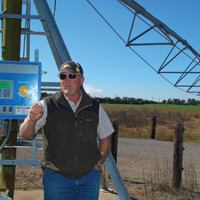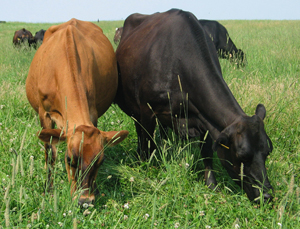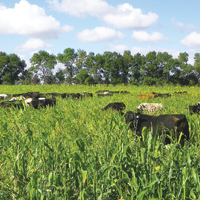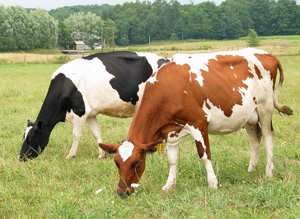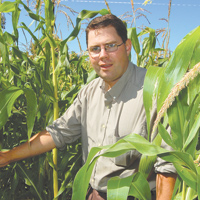Peter Gaul and family are making a go of it on the second try
Benton, Missouri — It was April 2008. The midwestern heavens were unleashing torrents in record volumes, and Peter Gaul’s newly constructed dairy barn in the Bootheel of southeastern Missouri had become an island in the flooded Mississippi River. Hundreds of acres of recently seeded pasture were underwater for 35 days. Easy access to water may have been a primary reason Peter and his family moved to this locale from New Zealand to graze dairy cows, but this was a bit much.
Way too much. The flood, along with the ensuing dairy crash of ‘09, brought an abrupt end to an investor-owned venture that was dealing with a host of other problems. When the foreclosure came, the Gauls lost their entire investment and had to scramble to stay afloat. They made plans to concede defeat and head home, where Peter had developed a well-respected demonstration dairy at Lincoln University. Just another Kiwi who learned the hard lesson that the U.S. is an entirely different grazing world. Continue reading “A grass dairy rises from the ashes”

